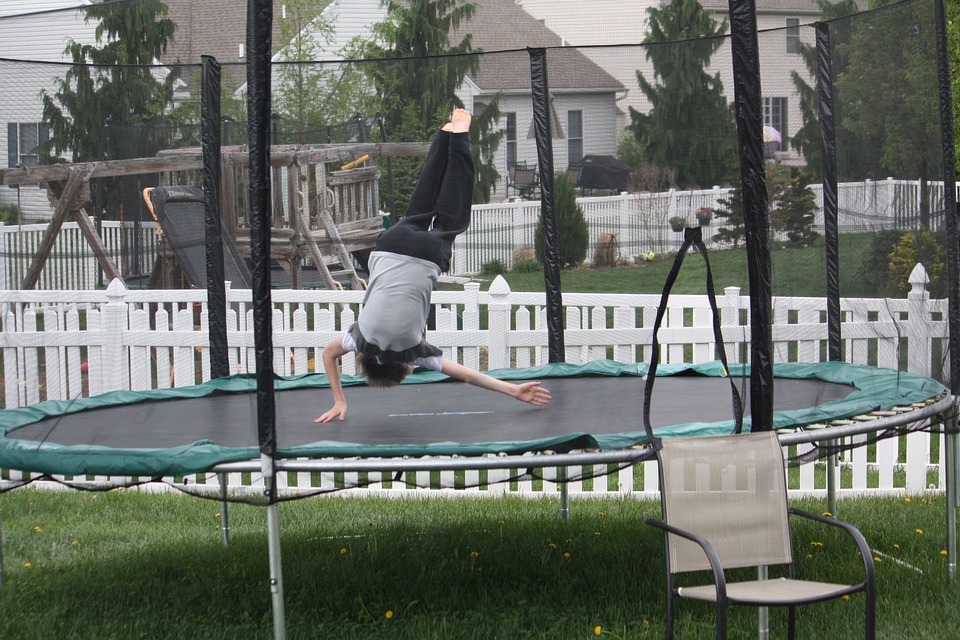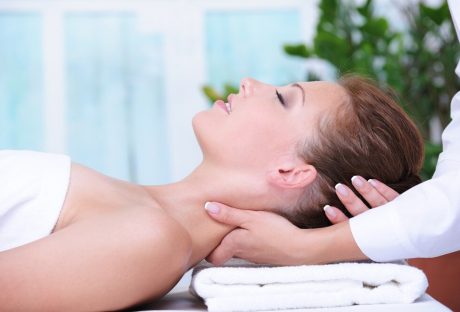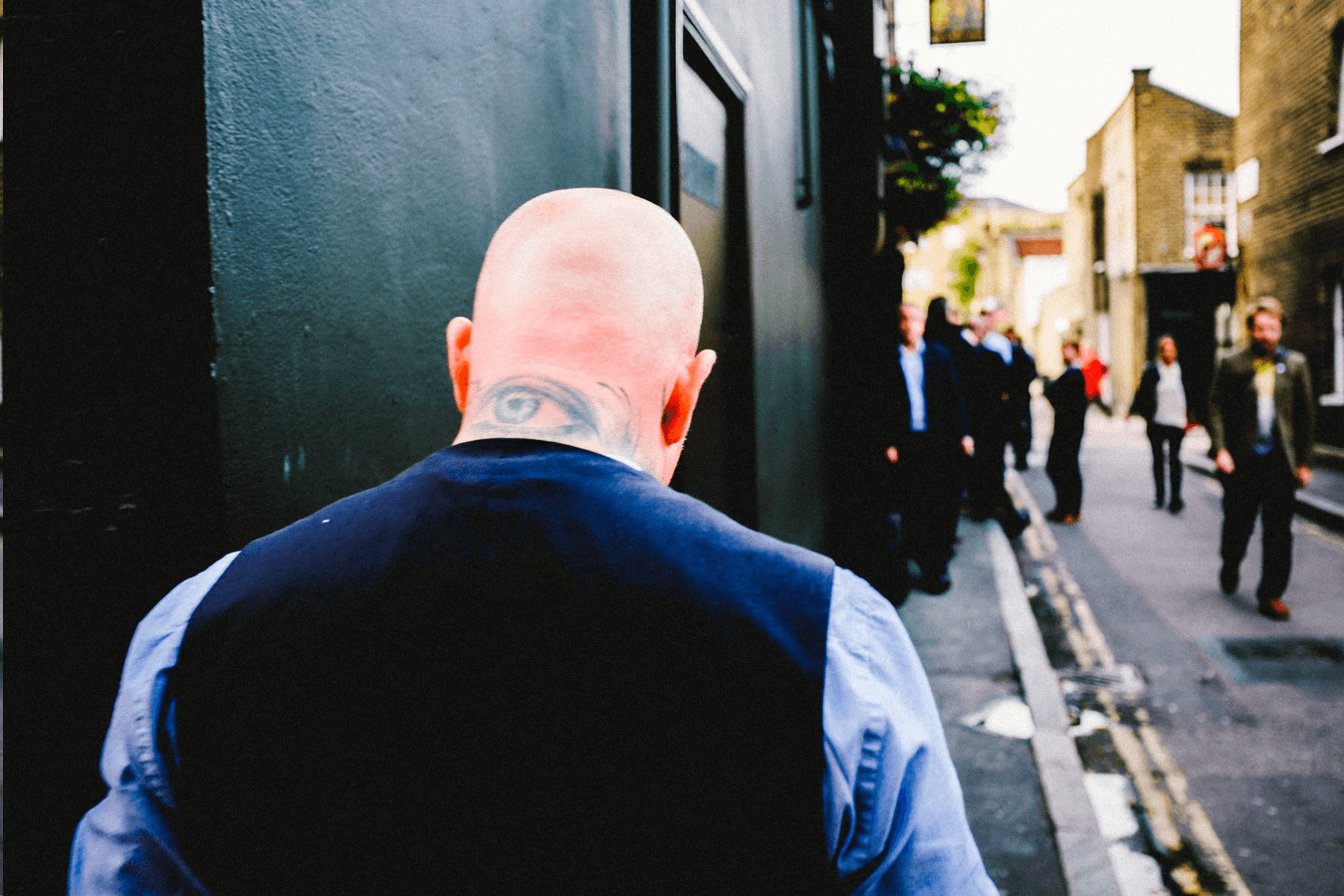Many researchers have proved how trampolining has a variety of benefits to the body. Study after study has long proved how rebounding or jumping on trampolines brings peak fitness and keeps one healthy. Even a NASA study testified all these things in a way back 70’s.
Given so many benefits, it’s important to take a peek into rebounding and understand what makes it one of best workouts around. In fact, it becomes important to understand what makes jumping on a trampoline one of best workouts invented ever.
Beneficial than jogging or running
Yes, it’s true that jumping brings three times more rewards than what your regular jogging or running activities do. What’s more, it’s easier and more fun at the same time. Jogging or running causes a great deal of physical stress on lower feet and limbs which are not the case with jumping.
A 10-minute bouncing is equal to 30-minute running
Yes, it’s true that a 10-minute bouncing is equal to 30-minute of running on a regular basis. You can see the difference and can also gauge why more people now take to trampolining than ever before. So, you should do it more often to save time and gain more benefits.
Boost to metabolism
Studies have proved that trampolining has a big impact on metabolism. A lot has to do with the involvement of muscles and their contraction and relaxation. In a way, you can jump on a regular basis and have a superior metabolism than you do have currently.
More oxygen to the body
Try jumping on trampolines for a few minutes and see the results. What did you see? You will experience a surge of energy into the body and you will feel like energized. How did that happen? It happens as more oxygen reaches to the body when one jumps. More oxygen means more supply of blood to the cells, which makes us feel energetic on an immediate basis.
Immune system
Studies have proved that trampoline has a big impact on the immune system. It means, your regular jumping can keep you away from diseases and illnesses. This happens because the circulation of the lymph gets a boost. Which means more lymph flow into the body which takes toxins out and boosting the immune system.
Muscles and bones
The best thing about rebounding is that it involves almost all the body muscles and bones. It means, when we do jump on a trampoline, muscles come into play and they also get some well-deserved workouts. In a way, firming and toning of the muscles takes place and bones too get strengthened to keep the body healthy.
Mental Health
Rebounding on a trampoline helps in the release of mood-enhancing chemicals – endorphins. This is a major reason for one feeling happy and alert while jumping. More so, this increased level of alertness means superior grasping of things and events. This also helps with learning. In all, rebounding has a positive impact on your mental health.
Simplicity and convenience
Rebounding has to one of the easiest and simplest exercises around. You can do it anywhere and anywhere. All you need is to put a small trampoline at some corner of the home, or out in the open, there you go. In terms of fun, simplicity, and convenience, you won’t find any other exercise coming close to jumping ever.
In a nutshell, you should visit a trampoline park quite often in the hope of joining best fitness classes Leeds. There, you can mix fun and fitness together and have a great time. So, plan your weekend and take your kids and family where they all find something Fitness Classes Leeds to have fun with.
Read More:





















